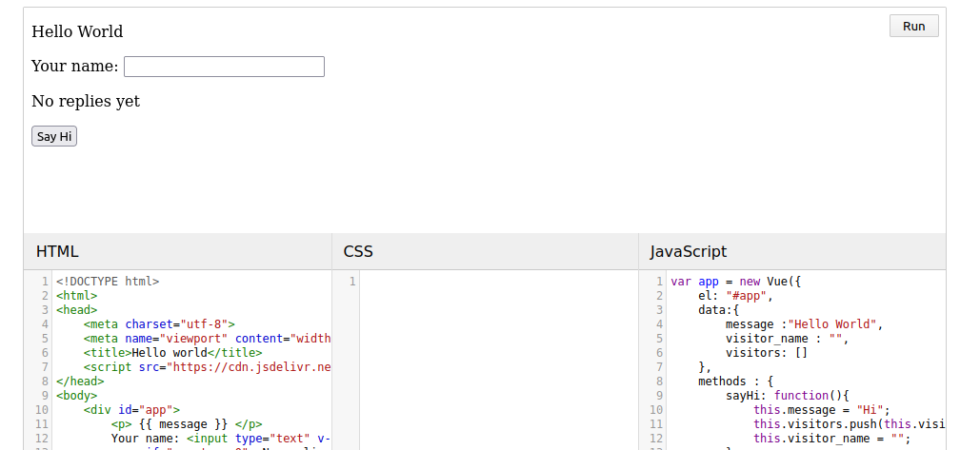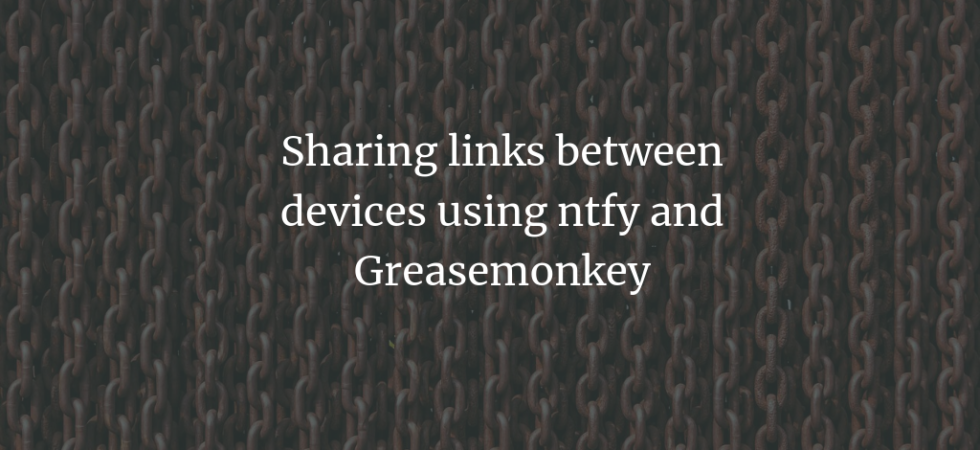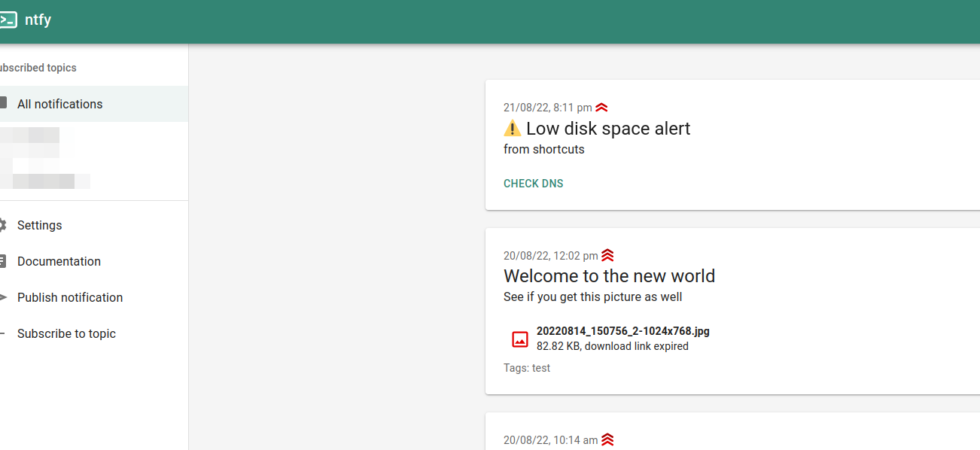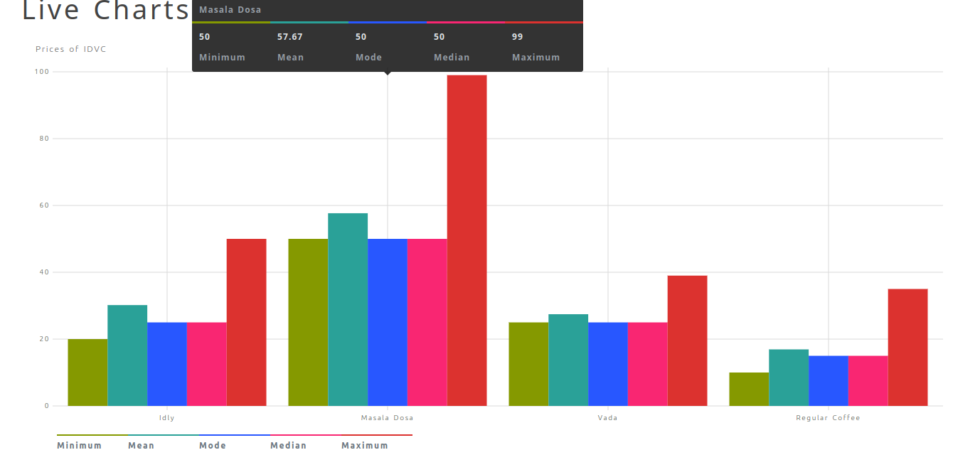Embedding Web Examples
I have been looking for embeddable, playable HTML/CSS/JS snippets for some time. Services like JSBin, CodePen, CodeSandbox, etc., do allow that. But I was looking for a self-hosted version as my requirement was just the ability to use HTML/CSS/JS, which are native to the browser and can run offline without any backend services.















